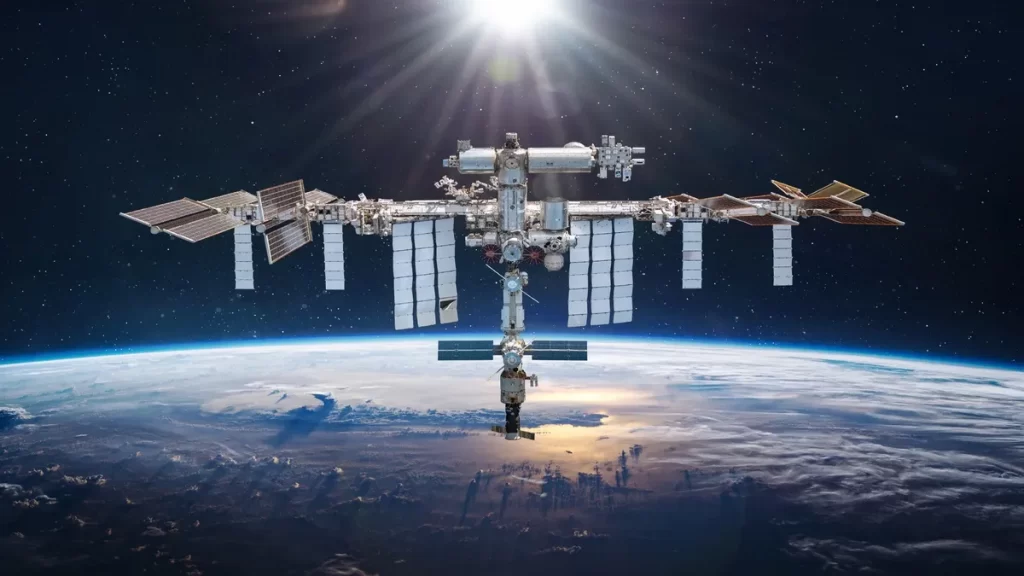NASA is currently working on developing a spacecraft that will safely dispose of the International Space Station (ISS) at the end of its operational life. The ISS has been in orbit since 1998 and is expected to be decommissioned in 2030. To deorbit the station safely, NASA has been allocated $180 million in the Biden administration’s budget for the fiscal year 2024 to initiate the development of a new space tug.

The budget for NASA has increased by 7% from the previous year, allowing NASA to continue its space explorations and make strides in traveling to and working in space and on the Moon. However, the budget allocation has not been met with complete satisfaction, as Kathy Lueders, NASA’s human spaceflight chief, expressed that the cost estimate was short of about $1 billion.
The development of the new space tug is critical to safely deorbit the ISS. Rather than relying on Russian systems, NASA plans to develop its own spacecraft to accomplish this task. The space tug may also be useful for other space transportation missions.
NASA’s plans for the ISS’s safe transition align with the United States’ goal of transitioning to lower-cost commercial space stations. The development of the new space tug will allow for a safe and controlled disintegration of the ISS into the Earth’s atmosphere at the end of its operational life.

The end of the ISS’s operational life marks the end of an era for space exploration. The ISS has been a critical platform for scientific research and international cooperation in space. Its legacy will continue through future space exploration missions and the lessons learned from its construction and operation.
Overall, the development of the new space tug by NASA is a significant step towards the safe disposal of the ISS and the continuation of space exploration. With the budget allocation from the Biden administration, NASA can continue to push the boundaries of space exploration and technology.


